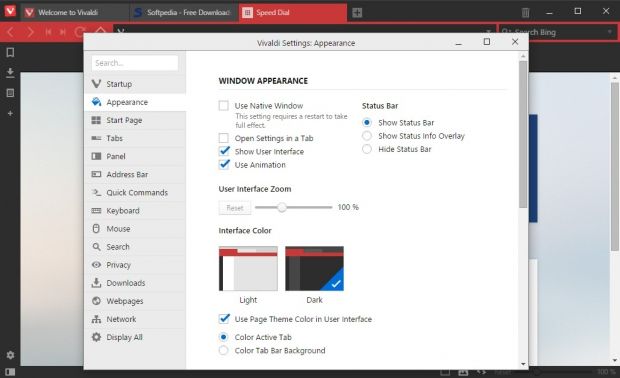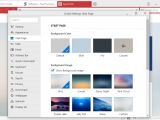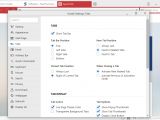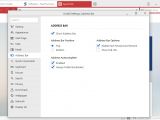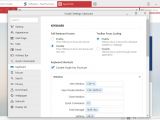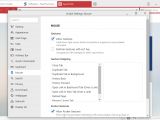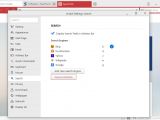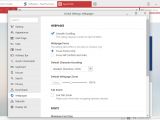On January 27, 2015, fourteen months ago, a team of developers from Oslo, Norway, launched the first preview of an upcoming browser named Vivaldi.
Right from the start, the browser caught our eye. It looked good. It had a distinct visual style. It moved more smoothly than any other Web browser, and it crashed five seconds later.
And so it continued through the upcoming months. Vivaldi would release a new version, it would add something cool for which you would have needed an add-on in other browsers, and then it would crash. It was 30 seconds in the beginning, then it become five minutes, and then Vivaldi lasted hours without losing your browsing session.
Vivaldi grew in one year as much as other projects in ten
This became a habit. Vivaldi was spoiling us with each new release. The developers were putting out features at an amazing speed, and the crashes stopped almost entirely.
We soon started searching more about it. We discovered that it was based on the Chromium project, the same Google Chrome and Opera use. We found out that the company sponsoring Vivaldi's growth was founded by and led by CEO Jon von Tetzchner, the same man who co-founded and steered Opera for years before he was forced to leave the firm.
All of a sudden, things started piecing together. Vivaldi's insatiable thirst for customization features, its desire to provide everything users needed under one umbrella, the huge collection of Opera-inspired features.
Vivaldi was the Opera that died a few years back. The browser that had carved its own niche on the browser market made up of hardcore fans that you'll find even today claiming that Opera 7.5 is still the best browser that ever existed.
Created on top of a modern codebase, Vivaldi is here to continue the dream of one of the Internet's pioneers. Benefiting from built-in mouse gestures, tab stacking, keyboard shortcuts, and many other customization features, Vivaldi users have literally over one million ways to customize their browsers. Just as von Tetzchner always wanted.
"Millions of people have already agreed that they want a better browser, one that puts them in control," von Tetzchner explains in today's release announcement. "Everything we build is in service of the user. We have no investors and their agendas to dictate our progress. There’s no exit strategy and we’re here to stay. All we want to do is give people a browser they’re proud to use and that we’re proud to call Vivaldi."
Vivaldi 1.0 is now available from the browser's homepage, or one of Softpedia's download mirrors for Linux, Mac, and Windows.
PS: We forgot to mention that Chrome extensions also work on Vivaldi. Like things weren't great enough as they were.
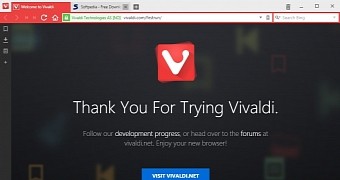
 14 DAY TRIAL //
14 DAY TRIAL // 